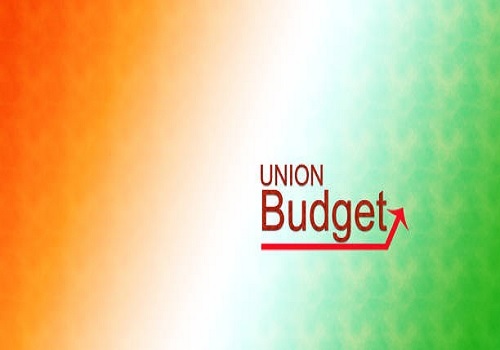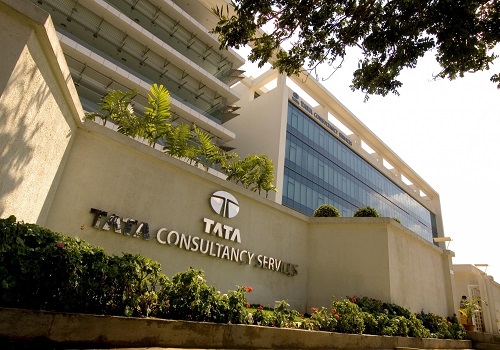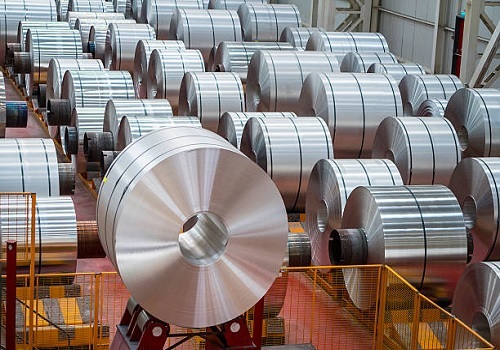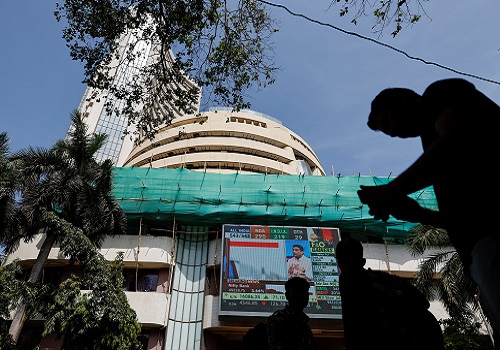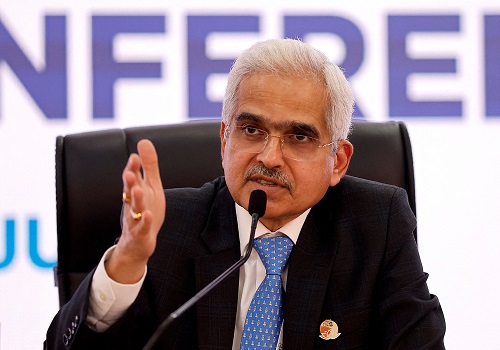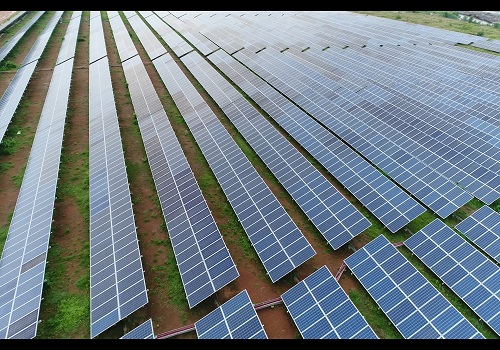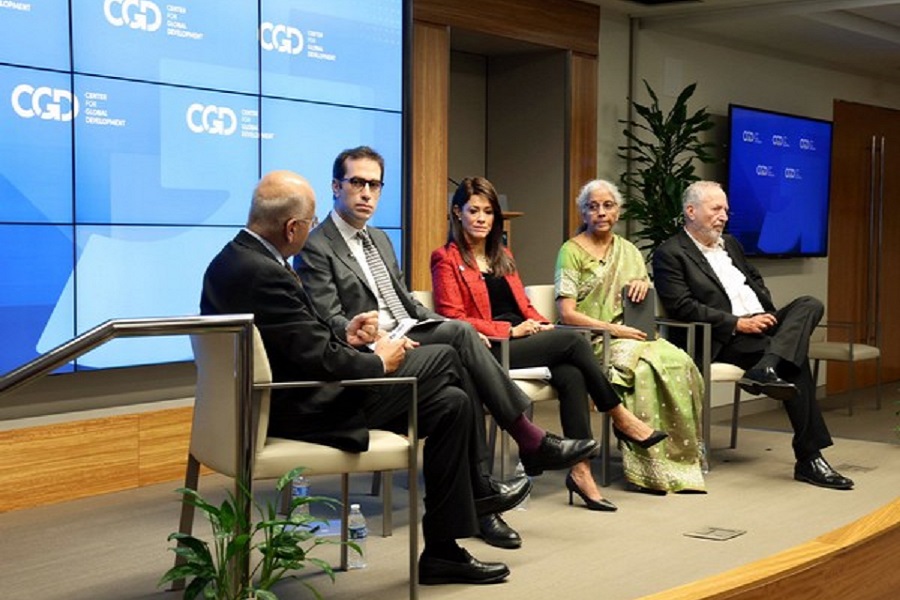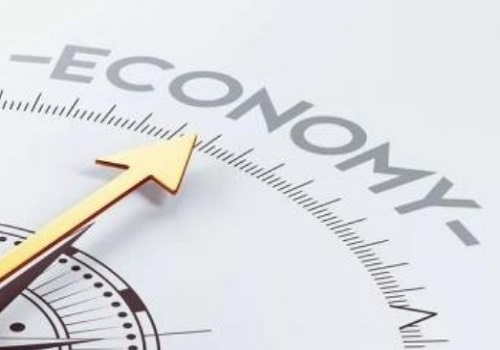Economics : Centre`s finances on course to consolidation By Elara capital

Bottom line:
The Centre’s fiscal position remains stable during AprilDecember FY24, led by robust growth in revenue. Capital expenditure continues to lead overall expenditure with growth of 37.5% YoY, reaching 67.3% of BE during April-December FY24 vs 65% of BE during the same period in FY23. Overall gross taxes grew 23.2% YoY to reach ~74% of FY24BE but remain below 78.9% of BE during April-December FY23. We expect overall fiscal deficit to meet 5.8% target announced in the Interim Budget and anticipate a pickup in government spending to alleviate the stress on banking sector liquidity in the upcoming months. For FY25E, we believe there are buffers in the Budget that will allow the fiscal deficit target of 5.1% to be attained, as we see ~INR 500bn upside to tax revenue.
Comfortable fiscal position; capex outshines
The Centre’s fiscal deficit was reported at 55% of BE during AprilDecember FY24 vs 59.8% of BE in FY23. Continued buoyancy in revenue collections, especially in non-tax revenue despite higher revenue expenditure, is expected to allow the government to comfortably achieve the targeted fiscal deficit of 5.9% of GDP. The quality of expenditure remains healthy with capital expenditure at 67.3% of BE during April-December FY24 vs 65.3% of BE in FY23, up 37.5% YoY. Overall revenue receipts grew 15.4% YoY during AprilDecember FY24, outpacing growth in total expenditure of 8.38% YoY during the same period. Revenue expenditure growth remains modest at 2.3% YoY, recording the slowest pace of growth in a decade.
On the capex front, Road Transport and Highway Ministry’s capex rose by 46.6% YoY at INR 2.19tn, amounting to 84.8% of BE during April-December FY24 vs 72.5% during the same period last FY. Overall capex continues to be in the limelight as it rose 37.5% YoY to INR 6.74tn, amounting to 67.3% of BE during April-December FY24 vs 65.3% during the same period last FY
State capex rose by 38.5% YoY and stood at INR 3.75tn during AprilDecember 2024 – data available as on 2 February 2024 for Andhra Pradesh, Assam, Bihar, Haryana, Himachal Pradesh, Jharkhand, Karnataka, Kerala, Madhya Pradesh, Maharashtra, Odisha, Punjab, Rajasthan, Tamil Nadu, Telangana, Uttar Pradesh, Uttarakhand and West Bengal) – the highest in a decade during any April-December period. However, the level of utilization of allocated funds for capex remains uncertain as 3.75tn capex amounts to a mere ~44% of FY24BE (37.3% during the same period of FY23) with only three-months of FY24 to spare.
Realistic Budget math: likely upside to tax revenue over FY24-25E
The Budget projects a fiscal deficit of 5.8% for FY24RE vs 5.9% of GDP in FY24BE and accounts for 5.1% for FY25BE vs our expectations of 5.3% of GDP, with 10.5% nominal GDP growth. Total on-budget expenditure sees growth of 6.1% while non-debt receipts are projected to grow by 11.8% in FY25BE vs FY24RE. Capital expenditure may grow 16.9%, including transfers to States, which are budgeted to remain unchanged at INR 1.3tn. Revenue expenditure is set to grow 3.2% YoY in FY25BE, slightly higher than 2.5% YoY in FY24RE. Overall gross taxes may grow 11.5% in FY25BE vs 12.5% in FY24RE. We see final gross tax receipts higher by ~INR 650- 750bn, owing to higher-than-budgeted personal income and corporate income tax growth.
Above views are of the author and not of the website kindly read disclaimer

